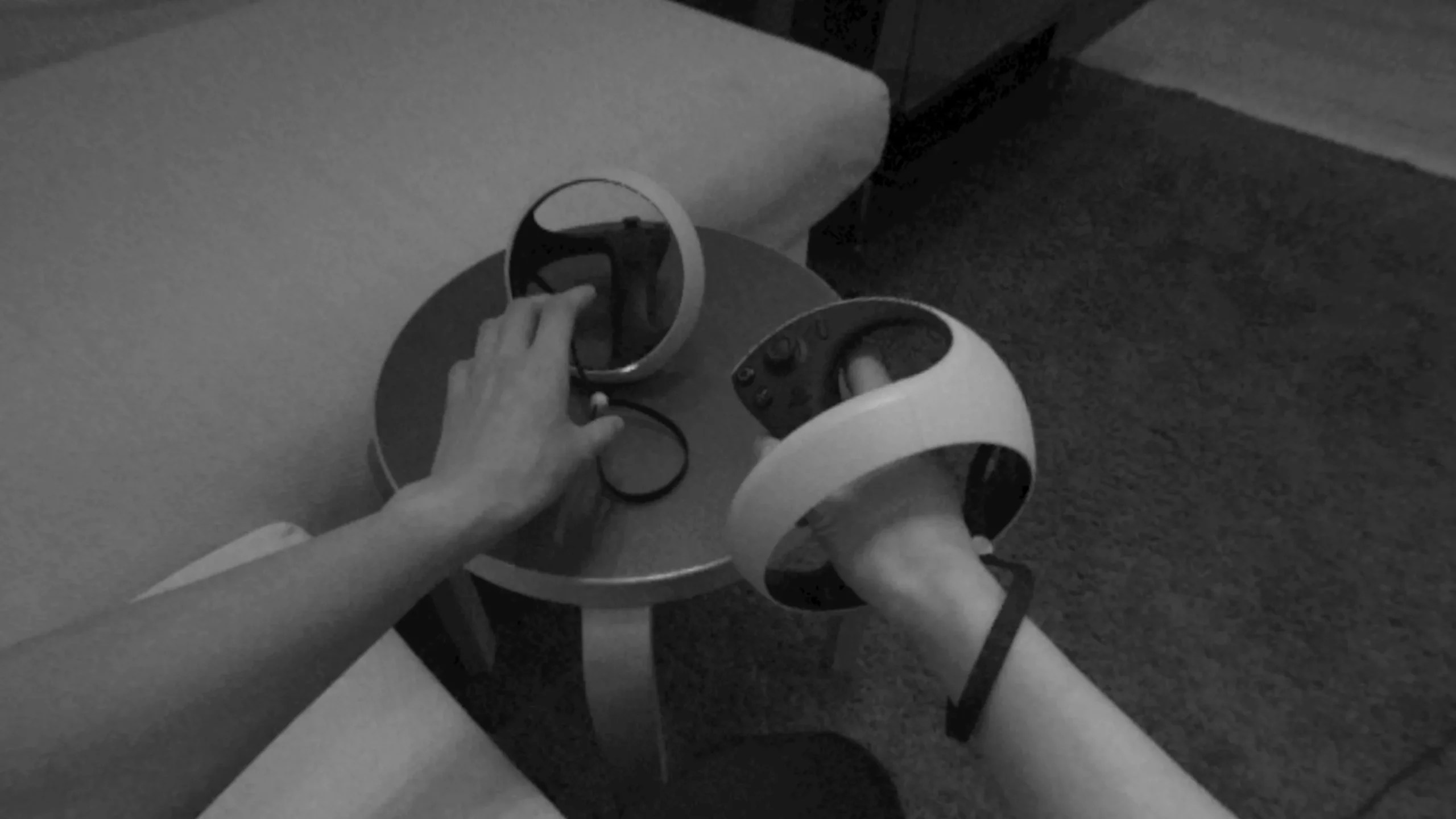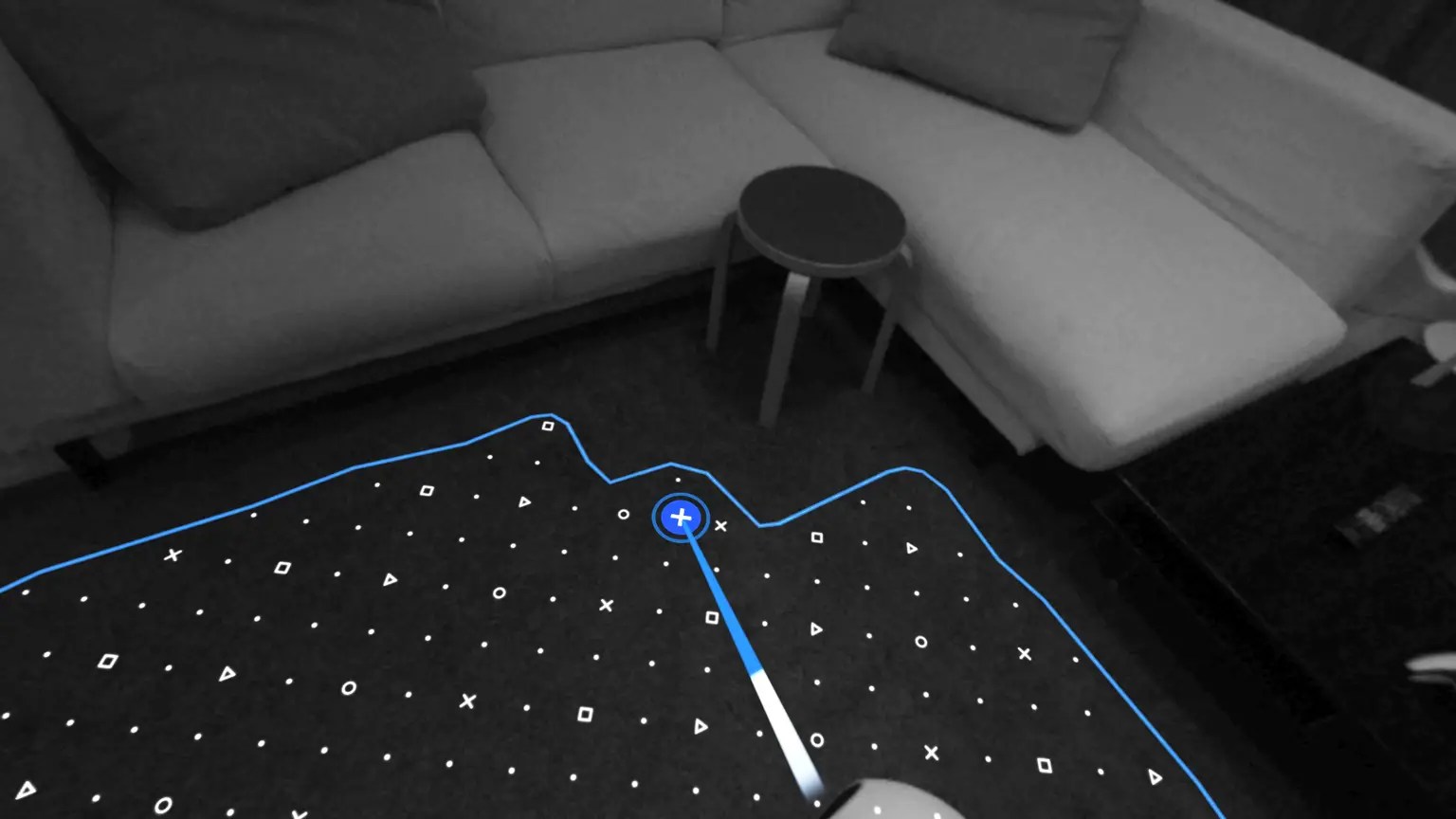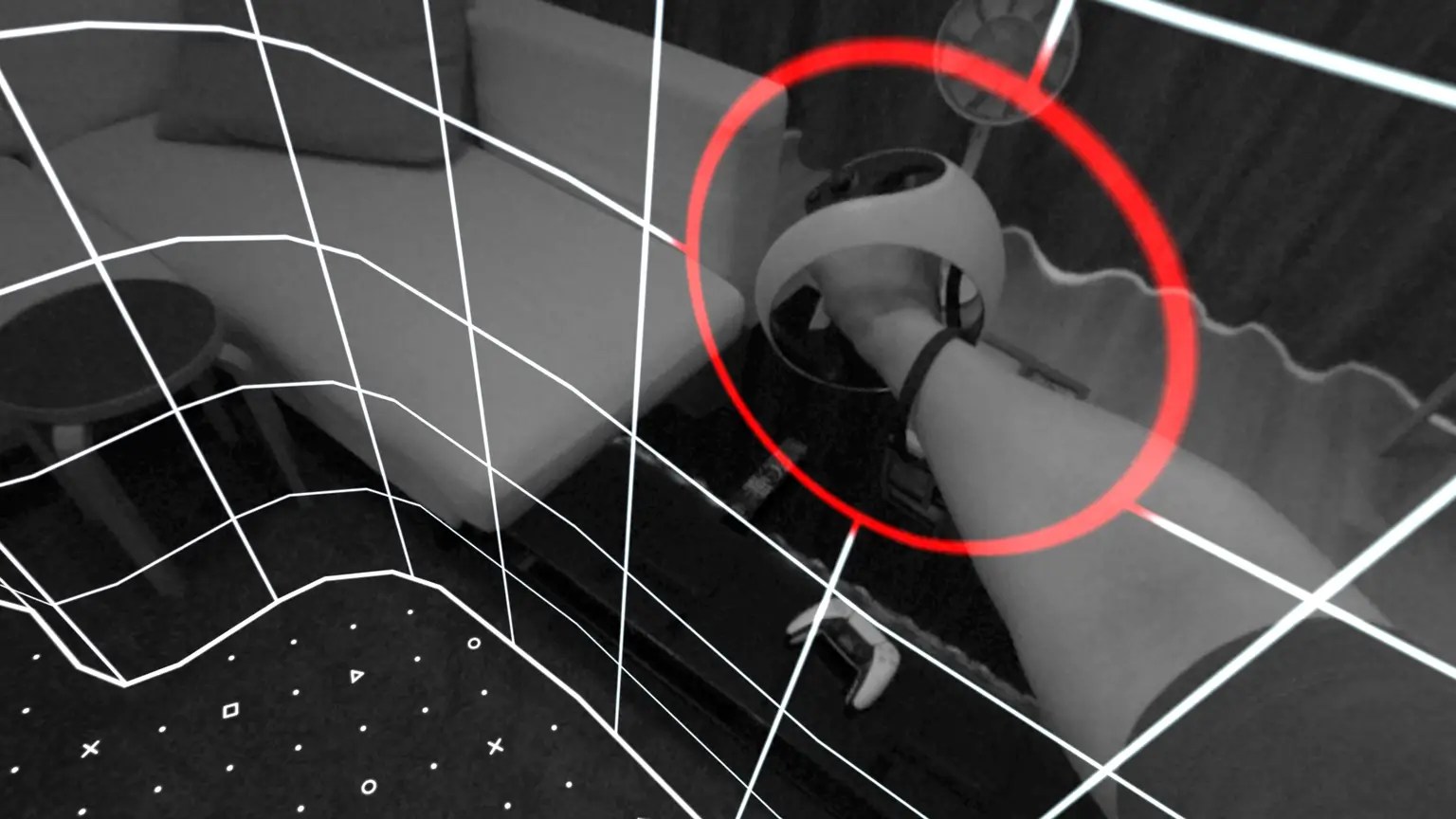With the launch of the PlayStation VR2 is rapidly approaching, PlayStation gave fans more information as to what separates the sequel from the original. In an early blog post, Sr. Staff Product Manager, Yasuo Takahashi, breaks down a few important features that will make this an improvement.
Check out their official descriptions below.
See-Through View
The “See-Through View” is exactly how it sounds. While wearing the headset, users will be able to see the surrounding area due to the PS VR2’s embedded front cameras. Users only have to press the function button on the headset, or use the Card in the Control Center, and it will bring up the option to choose between viewing the surrounding area or viewing the content on display in the PS VR2.


Broadcast Yourself While Playing
Connect a PS5 HD Camera, and users will be able to record their moment to moment reactions or proud moments. From there, the captured moment can be shared in a feature that sounds similar to the “Share” feature on the PS5.

Customized Play Area
As the name implies, users will need to customize their play area so that they avoid any mishaps. Use the embedded cameras scan the area and use the Sense controllers to expand said area to become the “play area”.
While playing, the headset will issue a warning if you are close to the boundary set up. The customized play area will be saved in the settings, can be customized at any time as long as the VR set is connected and will change if moved to a new area.


VR Mode and Cinematic Mode
Two different playable modes come with the PS VR2.
First up is the VR Mode. With the VR Mode, players can enjoy VR game content in a 360 view in a virtual environment. The content will be displayed in 4000 x 2040 HDR video format (2000 x 2040 per eye) with 90Hz/120Hz frame rate.
Conversely, the Cinematic Mode players can view the PS5 system and UI and all non-VR game and media content on a virtual cinema screen. The content will be displayed in 1920×1080 HDR video format with 24/60Hz and also 120Hz frame rate.
